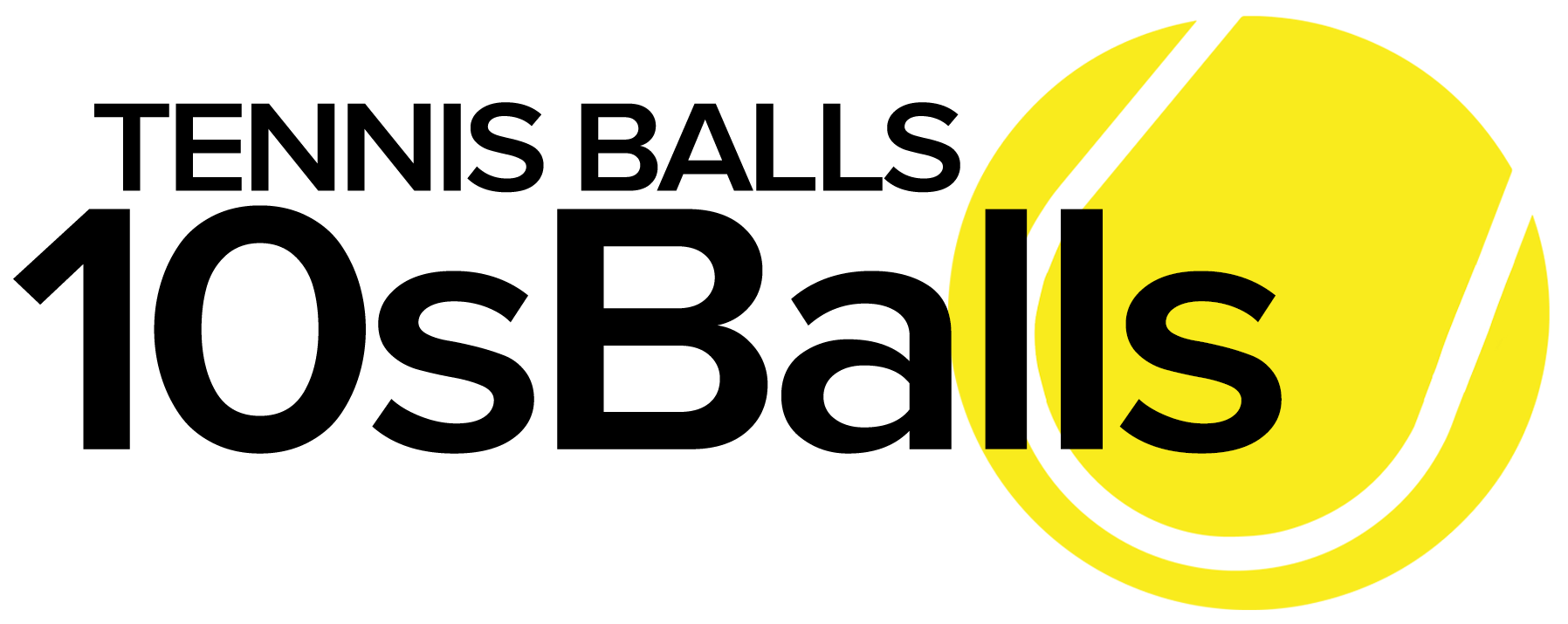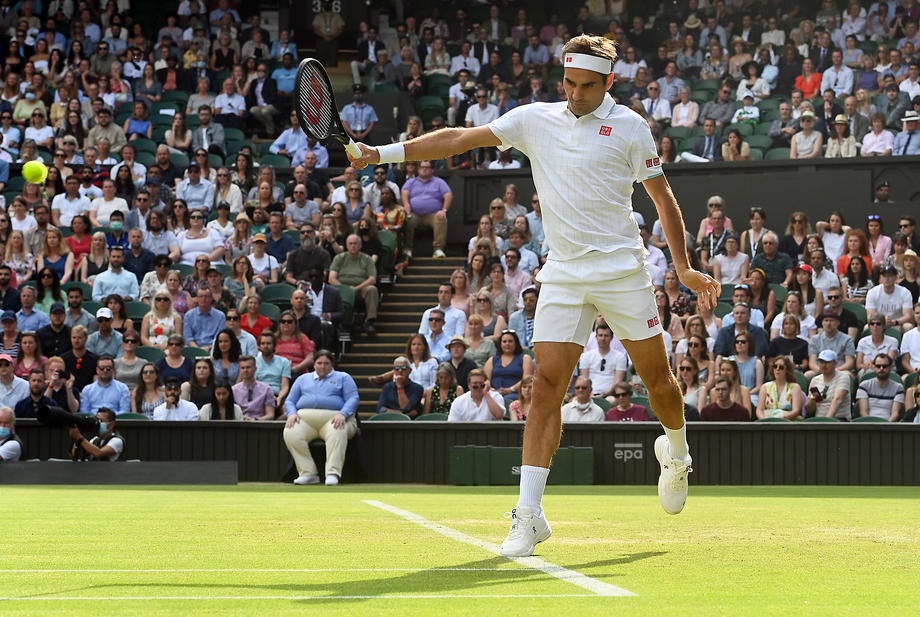- Ken Thomas Broadcasting from Georgia’s Rome Tennis Open
- Solinco Launches All-New Whiteout V2 Racquet
- Stringlet: Serving Up Tennis Inspiration With A Twist
- Davis Cup qualifying to feature Brazil vs. France and Spain vs. Switzerland
- 2025 US Open Expands to Sunday Start
- Tennis Channel To Broadcast U.S. Davis Cup Qualifier vs. Tawain
- Stefanos Tsitsipas Receives Rotterdam Wild Card From Richard Krajicek
- Tien and Basavareddy to Play Delray Beach Open Qualifying
- Australian Open Tennis 2025 Ends with Madison Keys and Jannick Sinner As Winners By Alix Ramsay
- 2025 Australian Open Final Draws
- Jannik Sinner Sweeps Alexander Zverev for Second Straight Australian Open Title
- Ricky’s pick for the Australian Open final: Sinner vs. Zverev
- Australian Open Draws and Order Of Play for Sunday, January 26, 2025
- Madison Keys Upsets Defending Champion Aryna Sabalenka in Australian Open Final Thriller
- Ricky’s pick for the Australian Open final: Sabalenka vs. Keys
Rafa Nadal Dealt Favorable Australian Open 2018 Draw, Roger Federer And Djokovic In Bottom Half
- Updated: January 12, 2018
Rafael Nadal of Spain during a press conference ahead of the Australian Open Grand Slam tennis tournament in Melbourne, Victoria, Australia, 13 January 2018. The Australian Open starts on 15 January. EPA-EFE/MAST IRHAM
A relatively jam-packed bottom half of the bracket also includes Roger Federer, David Goffin, and Juan Martin Del Potro. Rafael Nadal seemingly has a friendlier road in the other half, where reigning Nitto ATP Finals champion Grigor Dimitrov also landed.
Nadal’s quarter
If Nadal wants to go one step further in Melbourne than he did in 2017 (lost to Federer in a five-set final), he may need all the help he can get. Not that he needs it based on some kind of slump; no, the world No. 1 was the best player just about from start to finish last year. The question mark, of course, stems from his lingering knee issue that forced him out of the O2 Arena and also from last week’s Brisbane tournament. However, the 2009 Australian Open winner got some recent tennis under his belt at the Kooyong Classic and the Tie Break Tens in Melbourne, so he appears to have the green light from a physical perspective.
But if Nadal does need help, that is exactly what he got from Thursday’s draw proceedings. Not only is the top half of the draw softer than the bottom, but the Spaniard’s quarter is also relatively weak. Marin Cilic is the second-highest seed in this section, and the sixth-ranked Croat has underwhelmed (in part due to an injury of his own) since finishing runner-up to Federer at Wimbledon. Cilic is coming off a Pune semifinal setback against eventual champ Gilles Simon. John Isner is a potential roadblock for Nadal in the fourth round, but Isner has never excelled at majors and he is 0-7 lifetime against Nadal.
Possible surprises – If he is 100 percent, Nadal will make mincemeat out of this section. If he is not, the door will be blown wide open and a whole host of semifinal contenders could emerge. Schwartzman was a quarterfinalist at the U.S. Open and Alexandr Dolgopolov has enjoyed some success during Australian summers, but either one would need some serious help from Nadal in order to get through a potential fourth-round battle against the top seed. If Cilic can steamroll through what should be a simple opening week based on the draw, he could gain confidence and parlay it into a significant run at Melbourne Park.
Dimitrov’s quarter
The most interesting eighth of the entire draw is the top part of Dimitrov’s section. Joining the Nitto ATP Finals champion is Brisbane winner Nick Kyrgios, who ousted the Bulgarian at that tournament and could meet him again in the Aussie Open fourth round. Both players, though, have a considerable amount of work to do before that potential collision comes to fruition. The world No. 3 could face the winner of an opening showdown between Andrey Rublev and David Ferrer later in the first week. Rublev was the Doha runner-up and Ferrer currently finds himself in the Auckland semis. Jo-WIlfried Tsonga has been dealt an especially difficult hand, as he could collide either Denis Shapovalov or Stefanos Tsitsipas in the second round prior to a likely date with Kyrgios.
The other half of this quarter is far less intriguing. Jack Sock is the highest seed at No. 8, but he lost right away in Auckland (as the defending champion, too) to Peter Gojowyczk. Moreover, the 2017 Paris Masters winner has never been particularly successful in extremely hot conditions. Kevin Anderson, who placed runner-up to Nadal at this past summer’s U.S. Open, could be the favorite to snag a quarterfinal berth. Anderson, however, has a difficult opener on his plate in the form of Kyle Edmund. Denis Istomin, who stunned Djokovic in Melbourne last seasons, potentially awaits either Anderson or Edmund in round two.
Possible surprises — Although Anderson soared to the 2017 U.S. Open final, that was generally chalked up to a comical draw. No one expects any kind of encore performance from the big-hitting South African. But this bracket sets up perfectly well for something similar, as nobody else in Anderson’s eighth is playing particularly impressive tennis at the moment. In the other half of this quarter, meanwhile, Dimitrov, Tsonga, Kyrgios, Rublev, Ferrer and Shapovalov may beat up on each other. A well-rested Anderson could then await in the quarters.
Zverev’s quarter

Alexander Zverev of Germany in action during a practice session ahead of the Australian Open tennis tournament at Melbourne Park in Melbourne, Australia, 12 January 2018. The Australian Open starts on 15 January. EPA-EFE/JULIAN SMITH
It’s still very early in his budding career, but Zverev has never been a fan of majors. He’s often endured difficult draws (Andy Murray in the 2016 Aussie Open first round, Thiem in the 2016 French Open third round, Nadal in the 2017 Australian Open third round), and he has never capitalized when dealt favorable draws (lost to Coric in the 2017 U.S. Open second round, for example). The 20-year-old must already have a disdain for the upcoming Aussie Open. If both he and older brother Mischa win two matches each, they will go head-to-head in the last 32. Djokovic, a six-time champion of this major, would likely await in round four.
As the presence of Djokovic indicates, Zverev and Thiem are not the real story here despite being the top two seeds in this section. With Djokovic and Wawrinka ranked lower than normal due to physical problems, they were left at the mercy of the draw. As luck (or lack thereof) would have it, they landed in the same quarter. Neither man has played an official match since Wimbledon in 2017, so the Serb could have some difficulty with an in-form Monfils in round two. Wawrinka, the 2014 AO champion, has a easier draw and—if he is close to 100 percent—should be able to play his way into a third-round contest against either Roberto Bautista Agut or Fernando Verdasco.
Possible surprises — Watch out for the winner of the likely second-round contest between Djokovic and Monfils. If he is healthy, that will be Djokovic. If he isn’t, Monfils could win and win big in Melbourne. The Frenchman captured a season-opening title in Doha and his draw will open up wildly if he can get past the former world No. 1. Thiem is not yet a force on hard courts and the younger Zverev brother has never done anything notable at Grand Slams. The Bautista Agut vs. Verdasco winner could also go a long way in this section.
Federer’s quarter
Even at 36 years old, Federer is really the only one of the favorites who is heading into the upcoming fortnight with no obvious question marks. He is healthy, playing well, and has lifted the trophy on five occasions in front of the Rod Laver Arena faithful. By comparison, Nadal has been plagued by yet another knee issue; Djokovic and Wawrinka are just now returning from long layoffs; Del Potro has not won a slam since 2009; Dimitrov, Zverev, Thiem, and Goffin have never reached a major final; Cilic slumped down the stretch last season; Sock is unproven at majors.
Federer will likely coast through his first three matches before things get more complicated. Milos Raonic and Sam Querrey are potential fourth-round opponents for the 19-time slam champ, while Goffin and Del Potro are possible quarterfinal foes.
Possible surprises — Goffin is a trendy pick to have a huge 2018 campaign—starting at the Aussie Open. The Belgian managed to upset Federer at the 2017 ATP Finals, but that is simply not happening in a best-of-five situation at a major. The only way Federer is losing—or has a chance of losing—prior to the semifinals is if Del Potro advances to the quarters out of Goffin’s eighth of the bracket. Del Potro benefited from a hobbled Swiss to win their matchup at last summer’s U.S. Open, but the Argentine has the game and the current confidence to prevail even when Federer is 100 percent.






